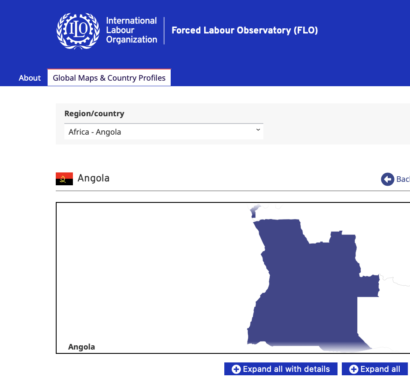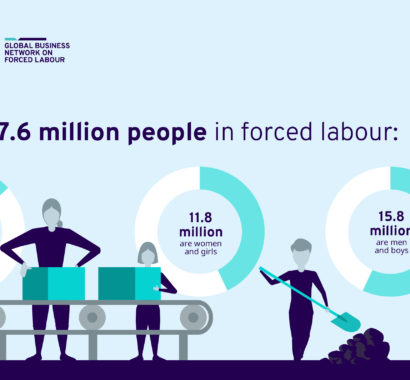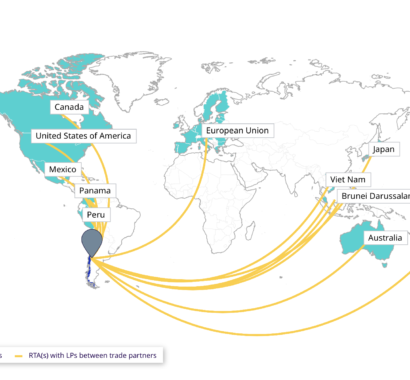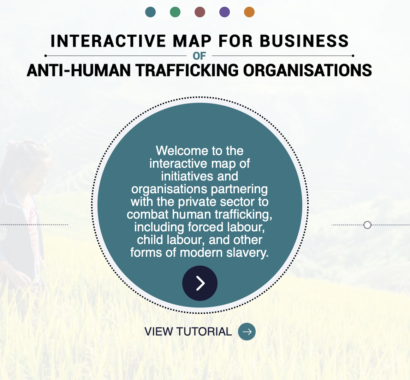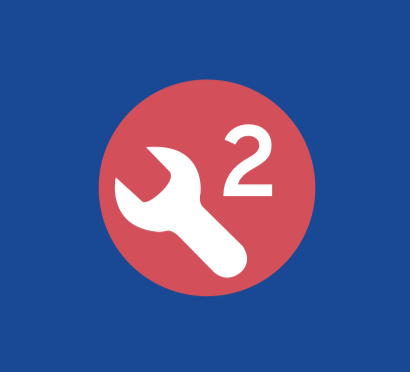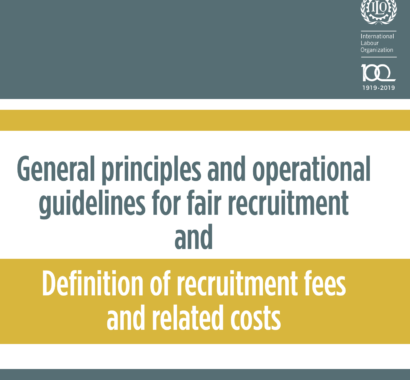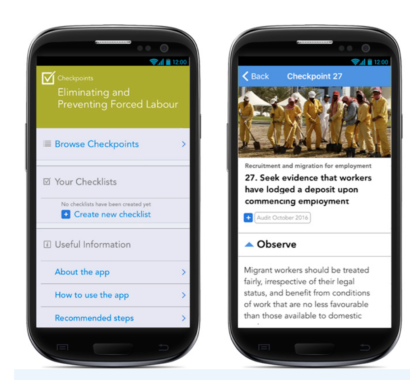The following are key resources from the ILO and the ILO GBNFL that are useful for all points in your journey to prevent and eradicate forced labour
2024
Due diligence toolkit for fair recruitment in Malaysia
The ILO GBNFL and ILO International Training Centre digital toolkit provides guidelines to Malaysian businesses, especially SMEs, to set out a due diligence process when hiring workers from abroad.

